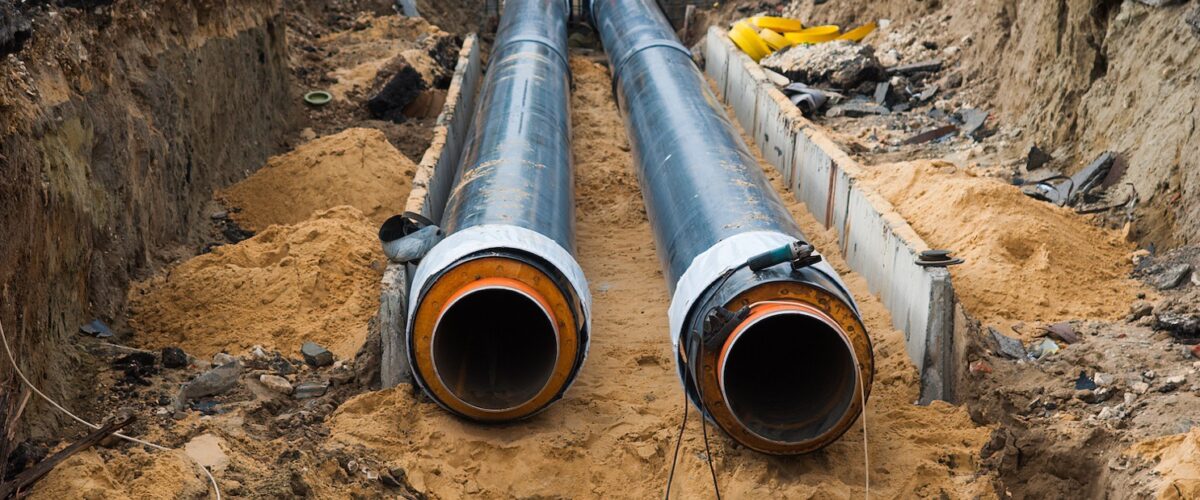High Viscosity Gel Application
WHEN: For pipelines with a metallic short (i.e., casing in contact with the carrier pipe) or pipelines where a static fill anti-corrosion solution is needed. This also meets PHMSA requirements for a protection system that remains in place.
HOW: The gel system is installed as a low viscosity slurry which sets up as a high viscosity gel. The VCI molecules volatize from the gel to protect the vapor spaces in the annulus. The SCI in the product neutralizes contaminants on contact. The gel system has advantages over the other two applications in that, as the gel sets up, it can bridge small penetrations and reduce the possibility of the solution leaking out of the casing. Conversely, it helps slow down the ingress of contaminants from the outside.
Powder Application
WHEN: For pipelines without a metallic short, but for which providing internal corrosion protection is a good operating procedure, Zerust recommends the use of its dry powder inhibitor. If there is minimal water ingress (i.e., end seal integrity is maintained) the system will protect the carrier pipe from corrosion.
HOW: A simple blower system is used to blow Zerust’s proven blend of Zerion powder inhibitors down into the pipe casing through the casing vent pipes. The Zerion powder is blown down the entire length of the annulus and settles on the bottom of the casing pipe. SCIs neutralize contaminants in the bottom while VCI volatizes to protect the metal surfaces in the vapor space. The entire annular space of the cased pipeline is protected.
Slurry Application
WHEN: For long lengths of pipe with varying elevations, bends, and other geometric/dimensional parameters where a powder or gel is not feasible.
HOW: Zerust’s unique Zerion FVS is first mixed with water. Gravity or a low-pressure pump is then used to inject the inhibitor slurry through the casing vent pipe into the annular space. The SCI in the product neutralizes contaminants on contact. The VCI molecules are released and equalize in the remaining vapor space, protecting both the exterior of the carrier pipe and the inside of the casing. The entire annulus space of the cased pipeline is protected. The liquid injection is especially beneficial for longer casings if the integrity of the casing and end seals can be proven.

